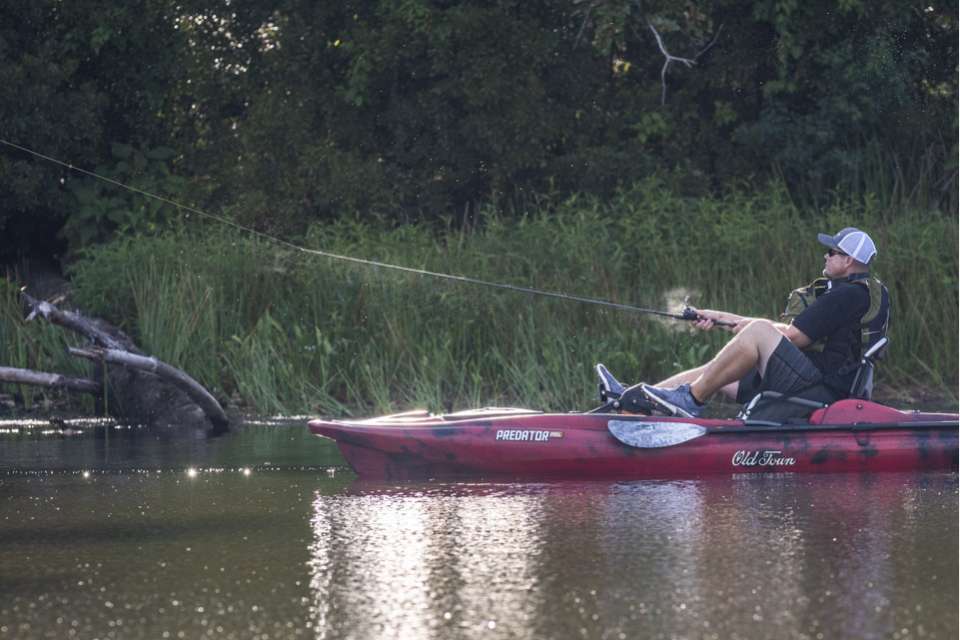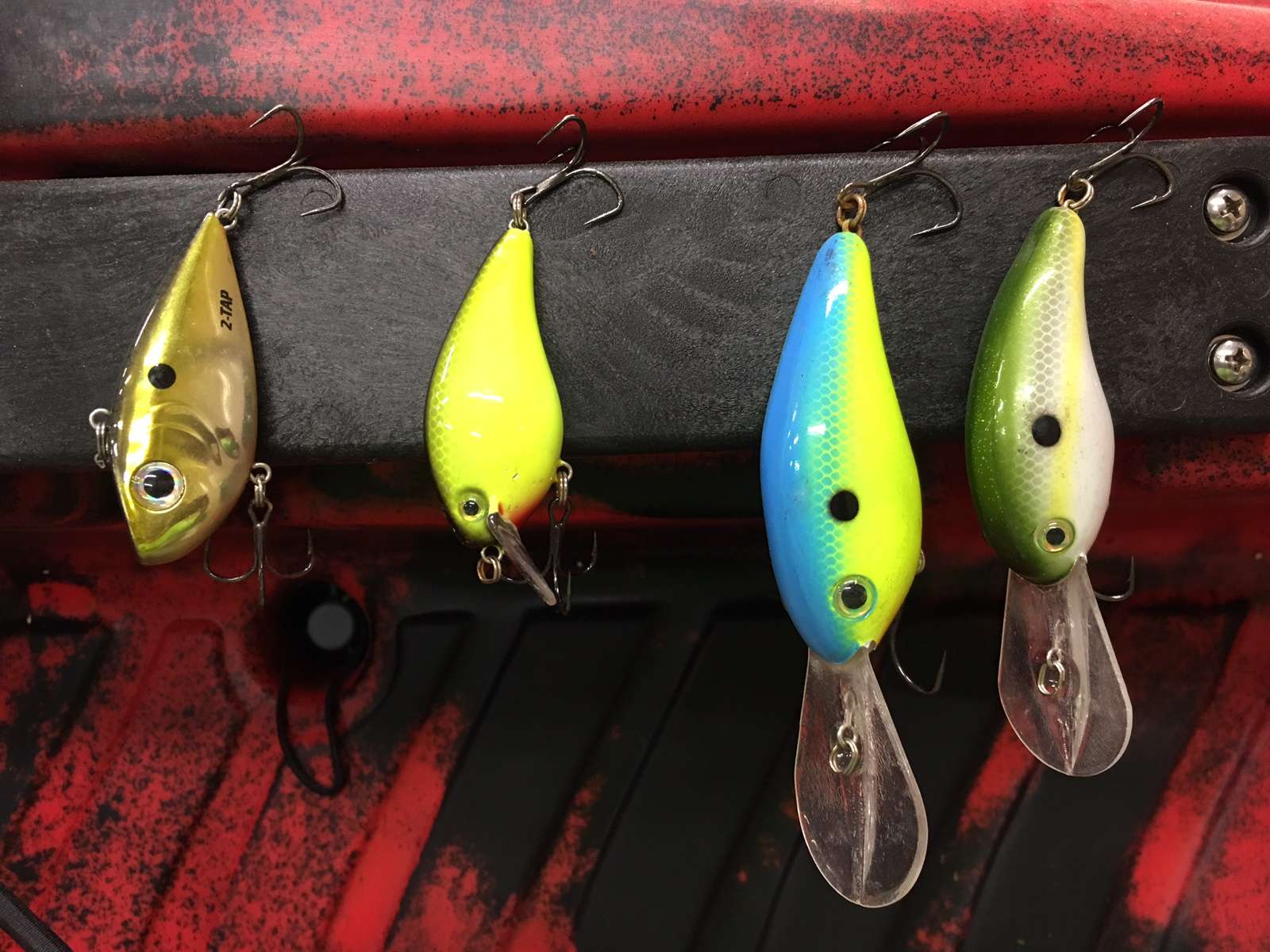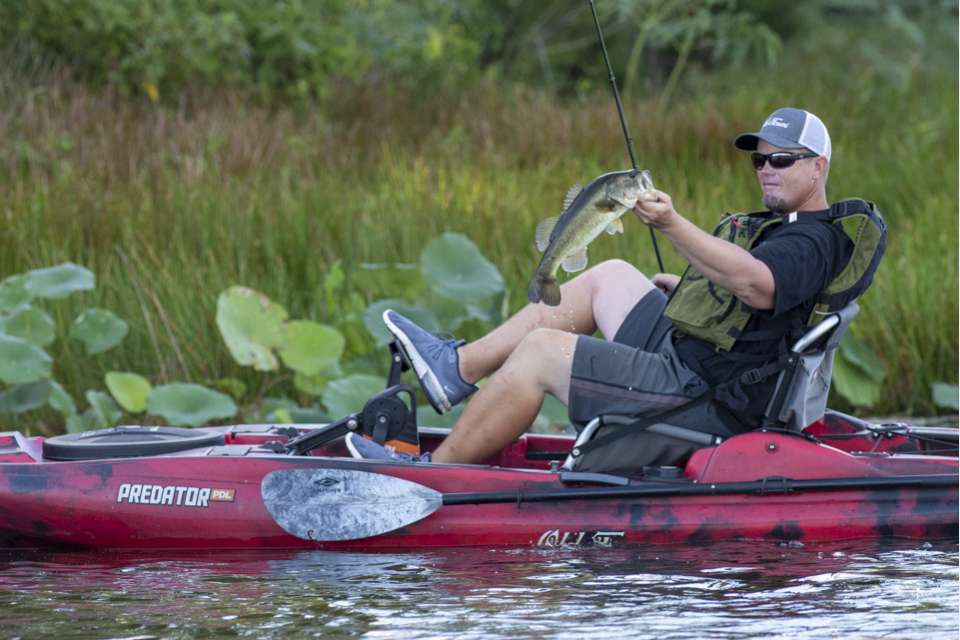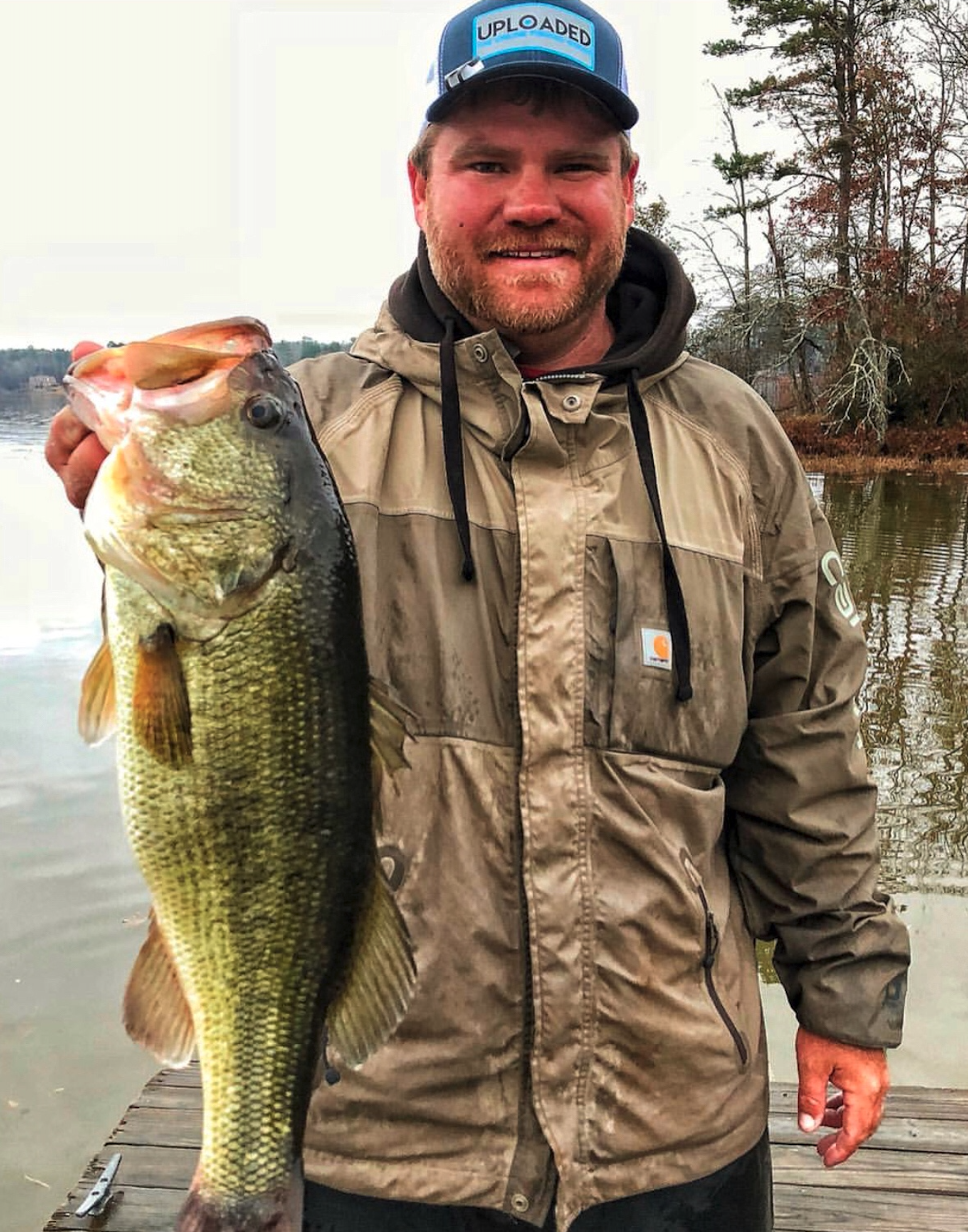
Keith Combs is one of the best crankbait fishermen of all-time. In recent years, he has also welcomed a new challenge of fishing from a kayak. From boat control to limited tackle to just landing the fish without taking a treble hook in the hand, cranking from a kayak presents several unique challenges. So we sat down with Combs to discuss what he’s learned so far.
How do you maintain boat control against the pull of a big crankbait or a fish?
“I’ve done well cranking from a kayak. But it’s a totally different deal. I think I can position my kayak as well as I can position my bass boat, but I just have to stay on top of it. The more you fish out of one, the easier it gets. The first time I got in one, I was very discouraged by how much the wind was blowing it around and the way the fish was pulling me around. Then, over time, you learn how to operate the rudder and back-pedal to play the wind, and then it just kind of becomes second nature — just doing it naturally.
“I fish from an Old Town Predator PDL (pedal drive), which is 13 feet, 2 inches long, and just a heavier boat compared to others on the market. I think that makes some difference when it comes to boat control. But I’ve only fished out of a Topwater PDL 120 (12-feet) for two days. That boat is really stable, but it’s a little bit flatter where the Predator has a little bite deeper keel. I think that makes a little bit of difference. You do the same thing with the Topwater, you just would have to do a little more of it.
“Say I plan to pull in and crank a little corner. I’d pedal straight towards it and when I get within casting range, say 60 to 80 feet, I’d either kick the rudder sideways so I’d be pulling against the boat, or more times than not I’d just back-pedal two revolutions, which would stop the boat and actually start backing me up just a little bit. That way your cast doesn’t move you from your position. And I always carry a buoy marker with me, because it is easy to get turned around. Then if I catch one, I’ll throw it out.
“You will have to position yourself in a kayak a little bit more often than you might in a bass boat. But nine times out of 10, if you have a good group of fish, you’ll catch more of them from a kayak than you would from a bass boat, because they’re just not onto you. They don’t notice that boat, they just don’t.”
Do you need an anchor for cranking?
“Probably would be a good idea if you’re in a paddle kayak. But with my pedal-drive system, my hands being free are a big deal. I’m positioning the boat with my feet while I’m fishing, and I’m not even thinking about it. It’s a whole other world when you get a kayak with a rudder and pedals. It just lets you fight the fish a lot better. You don’t need an anchor as much or anything like that, because you can back-pedal.”

When it comes to tackle in a kayak, consolidation is key. What’s does your basic wintertime cranking box look like?
“I’m going to have my deep stuff in there like a Tennessee shad 5XD and 6XD, maybe a couple of each. I’ll stock up real heavy on my Strike King 1.5 squarebills. I also rely a lot on a lipless crankbait during certain times of year. If I can’t find them offshore, then I know I can go to some shallow pockets around stumps or grass and catch them on a lipless.
“My favorite lipless to throw right now is the Strike King 2 Tap in a 1/2-ounce. Tennessee shad is probably my number one color to use in the wintertime. I always carry chartreuse and blue on my 6XD and 5XD. I pretty much use Tennessee shad or crawfish on my squarebills, and then on my lipless, I like crawfish or a gold with black back. Man I feel confident I have everything I need with that box whether I’m fishing Rayburn or if I’m fishing in Florida.
“I have thrown some of the finesse type crankbaits in the winter, and I’m sure it’s got a time and place. But I’m not a big fan of flat crankbaits cause they’re harder to cast. And I don’t fish a lot of really cold water in the wintertime here in Texas. I know a lot of guys who do fish colder lakes in the Tennessee area and places like that where they may have to do things a little bit different. But I’ve caught a ton of fish on that lipless crankbait and 1.5 in 40- to 45-degree water for sure. So I’d just take those baits and stick with them.
“And because my tackle is so limited in a kayak, a plug knocker is even more important. I always keep a Hound Dog Lure Retriever with me.”
Rod selection is also much more critical in a kayak. If you were only allowed one rod and reel for cranking from a kayak, what would it be?
“I’m only using one now for all my cranking when I’m in a kayak. It’s a 7-foot Curado glass rod (CDCC70MSG). I can throw everything on that, even a 10XD if I had to. I usually use a 7-foot, 8-inch for a 10XD. But I’m pretty good with a 7-footer across the board, and I use a Shimano Curado 7.4:1 baitcaster with it.”
One exciting — albeit terrifying — part of cranking from a kayak is the close proximity you put yourself to treble hooks. How do you approach putting a fish in the boat?
“It’s a rodeo for sure. I don’t use a net, and that wouldn’t be a bad idea. I haven’t done any tournament fishing from my kayak yet; I’m usually just out there having fun so I don’t care if he comes off. I’ll just play him when he gets close to the boat. But yeah, it’s just a matter of time in a boat or a kayak before you get a hook in you cranking. If I were going to fish a tournament from a kayak, I’d probably use a net.”






